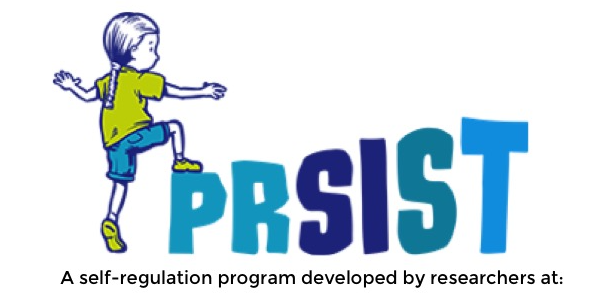
Hidden Hunt
What to do: One morning, before most of the children arrive, recruit one or a few children to help you hide some obscure objects around the learning space (this can be indoors and/or outdoors). Tell these children that they have to keep the hidden objects and their locations secret. Later in the day, when the children are all there, read out to the other children the list of hidden objects (and parameters of where they are hidden, e.g., in this room) that they need to remember and then work together to find. Quick digital shots displayed on an interactive whiteboard or iPad can support those children who have English as an additional language.
Use the children who helped hide the objects to determine if all objects have been found, and devise good clues that you can give if the ‘hunters’ start to struggle (this can be done with guided questioning, so children lead in the creation of clues). You can also support ‘hunters’ in developing strategies to better remember the items (e.g., grouping items, each child remembering one) and more effectively search (e.g., all look together in one area first, before moving to the next).
Too easy? How to increase challenge: Tell children they have to find the items one at a time, in the order you said them. They can always ask for you to repeat the list, but when repeating say the entire list again, including the items already found, and challenge ‘hunters’ to remember two or more of the next items they need to find.
Ideal formation(s): Small group or large group.
What you need: Some obscure objects to hide around the learning space, that are not normally in those locations but could go unnoticed during normal routines and play (e.g., a pine cone, a baby’s teething ring, a rarely used book, an unlit candle, etc.) To integrate this with other planned activities, you could hide things like the non-perishable ingredients to make playdough in advance of a cooking experience, or hide materials for an art activity. If using digital photos of hidden objects, you will also need a photo-taking device (e.g., phone, iPad, camera) and way to display the photos for children (e.g., iPad, interactive whiteboard).
What it does: This activity challenges children’s ability to maintain attention on things they have to remember (find), as well as locations that have already been searched. It also encourages persistence in the face of challenge. For those children who help facilitate the activity (‘hiders’), there are also opportunities for leadership, perspective taking, ‘stretching’ memory and resisting the impulse to tell their friends where objects are hidden.
Links to EYLF:
- Demonstrate an increasing capacity for self-regulation; Be open to new challenges and discoveries; Persist when faced with challenges and when first attempts are not successful; Increasingly cooperate and work collaboratively with others (from Outcome 1.2)
- Show interest in other children and being part of a group; Empathise with and express concern for others (for ‘hiders’); Reflect on their actions and consider consequences for others (from Outcome 1.4)
- Cooperate with others and negotiate roles and relationships in play episodes and group experiences; Take action to assist other children to participate in social groups (for ‘hiders’) (from Outcome 2.1)
- Make choices, accept challenges, take considered risks, manage change and cope with frustrations and the unexpected (from Outcome 3.1)
- Persist even when they find a task difficult (from Outcome 4.1)
- Express ideas and feelings and understand and respect the perspectives of others (from Outcome 5.1)




